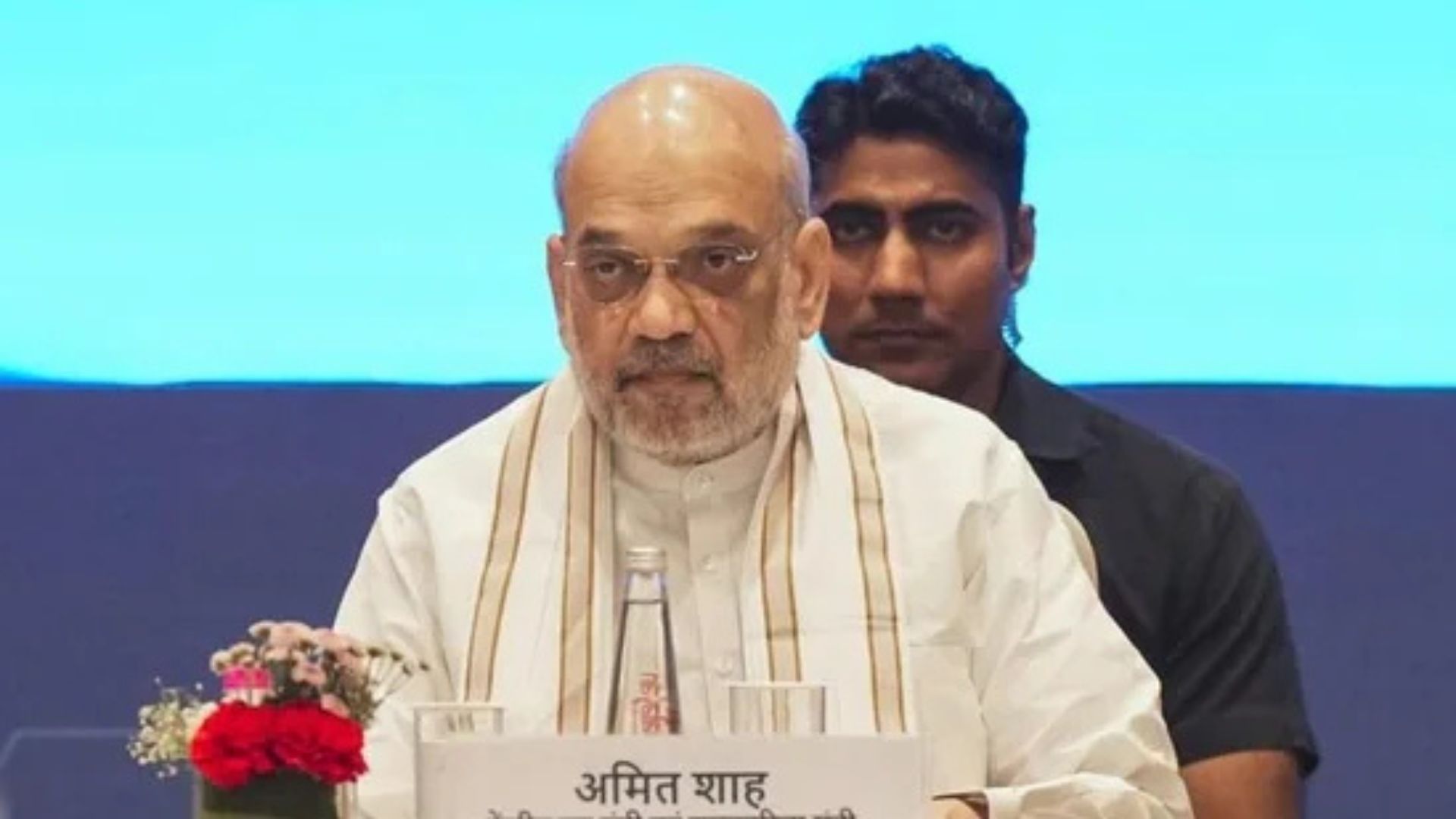
India has the third largest higher education system in the world after the US and China, with as many as 993 universities and 51,649 higher educational institutions. However, the quality of our graduates, their industry-readiness, research output and spirit of innovation leaves much to be desired.
In the initial years of Independence, India laid the foundation of some of its best educational institutions in the form of IITs and IIMs which continue to be recognised as world-class centres of learning. However, for a country of India’s size and population, we need many more such top-tier educational institutions that can churn out large number of innovation-focused graduates. We often take pride in the achievements of the Indian diaspora living abroad. However, it is imperative to note that most of these Indian-origin achievers receive their higher education in Western nations. Be it Satya Nadella, Indra Nooyi or Sundar Pichai — they were all born and brought up in India but acquired their higher education in the United States before becoming game changers in the respective fields.
China, on the other hand, has made great strides in creating world-class higher educational institutions that attract not just local but foreign students as well. In recent years, Chinese universities have displayed increasing dominance in the field of higher education, consistently featured in several global educational rankings. As we work to create an educational system that is ready to meet the evolving needs of our growing economy, India would do well to take a leaf or two out of the Chinese book.
In line with its ambition to become a global powerhouse, China took a conscious leap in the 1990s into the direction of transforming its higher educational structure. Since then China has allocated an ever-increasing percentage of its budget to education, with the same touching 4.26% of the GDP in 2015. From 1,022 in 2001, universities in China grew to 2,631 in 2017, an increase of around 40% in one decade. With a quest to transform the country into “an innovative society” by 2020, China intends to have at least 40 world-class universities by the middle of the 21st century.
The emphasis has not just been on numbers. With a shift towards becoming a knowledge economy and a need to move up the value chain in manufacturing sector, China has put a major thrust on boosting research and innovation as part of its higher education set up. As a matter of policy, China considers universities as potent grounds for research, innovation and creation of codified knowledge in the form of patents, publications and prototypes, apart from centres for creating innovative human capital for a knowledge-based future.
A recent study by the World Intellectual Property Organisation (WIPO), Geneva, reported that China-based universities had taken a lead in artificial intelligence-based inventions proving their mettle top research and innovation institutions in fields hitherto dominated by the US and Japan. China also published more than 426,000 studies in 2016, surpassing the US in volume of research publications for the first time. Contrary to what many skeptics would like to believe, China is not just leaping ahead in volume but is also producing quality research as gauged by increasing number of citations. Between 2007 and 2017, researches by Chinese scientists and engineers were cited a total of 19 million times in the Web of Science.
The efforts to establish world-class, innovation-oriented universities have been accompanied by intensified international collaboration and growing student mobility. This focus on instilling a spirit of innovation has helped create educational institutions that produce students who think out of the box, feel incentivised to innovate, create new technological designs and are open to taking risks. This has also been a key contributor in China’s surge in filing international patents. In 2017, China’s Intellectual Property (IP) office took in a record 1.38 million patent applications.
In India, the government and the private sectors have taken steps to establish higher educational institutions to meet the ever increasing demand for higher education. India has also witnessed an improvement in its research output over the past decade. A series of reforms have pulled more students to the realm of research and publishing with India’s scientific publications growing by 13.9% between 2009 and 2013. However, what we need to improve is quality of output of original research as well as scientific innovations at the university level. Barring the IITs, output of technological innovations by engineering or science students remains abysmally low.
Lack of training for independent research, a culture of ‘publishing for the sake of publishing’ and low emphasis on innovation and creative thinking are factors that need to be addressed to bring about a change. Importantly, a culture of research and innovation needs to be instituted in students from their early years.
Increase expenditure on research: India’s investment in research is a meagre 0.62 percent of GDP. In contrast, the US spends 2.74 per cent and China spends 2.11 per cent of GDP on research. In 2015, there were just 216 researchers per million population in India, while the same was 4,300 per million population in the US and 1,200 researchers per million population in China. Increasing expenditure on research, particularly for scientific research in higher education, must be a top priority of the government. For a country that manages to spend over 2% of its GDP on defence, increasing spending on education and research is not a matter of shortage of resources but that of misplaced priority.
Promote undergraduate research: Most Indian students graduate without producing any piece of original thought, innovation, research or even a dissertation. This needs to change. We need to cultivate a strong culture of enquiry and research right from the early years in students. Students must also be provided adequate training in conducting independent research. At the same time, monitoring the quality of research must be given high priority.
Create new methods of pedagogy: If we need to transform the way students approach education, we also need to transform the way pedagogues approach it. Challenging our methods and strategies, finding a new balance between theoretical and practical knowledge and creating more industry-academia ties are the need of this century. It is also important to establish incubation centres in educational institutions that can help students with potentially game-changing technological ideas to incubate them and find business support.
Improve the scale of publicprivate partnerships: Unlike in the West and even in China, India is yet to witness a growth in the culture of philanthropic endowments from alumni and from corporate sponsors. The state of public-private partnerships in research also remains dismal. We must make concerted efforts to institute strong industry academia bonds to promote cutting edge research in educational institutions through endowments, funding and scholarships. This will also improve help educational institutions produce more industry-ready graduates.
The writer is Vice Chancellor, JK Lakshmipat University. The views expressed are personal.















